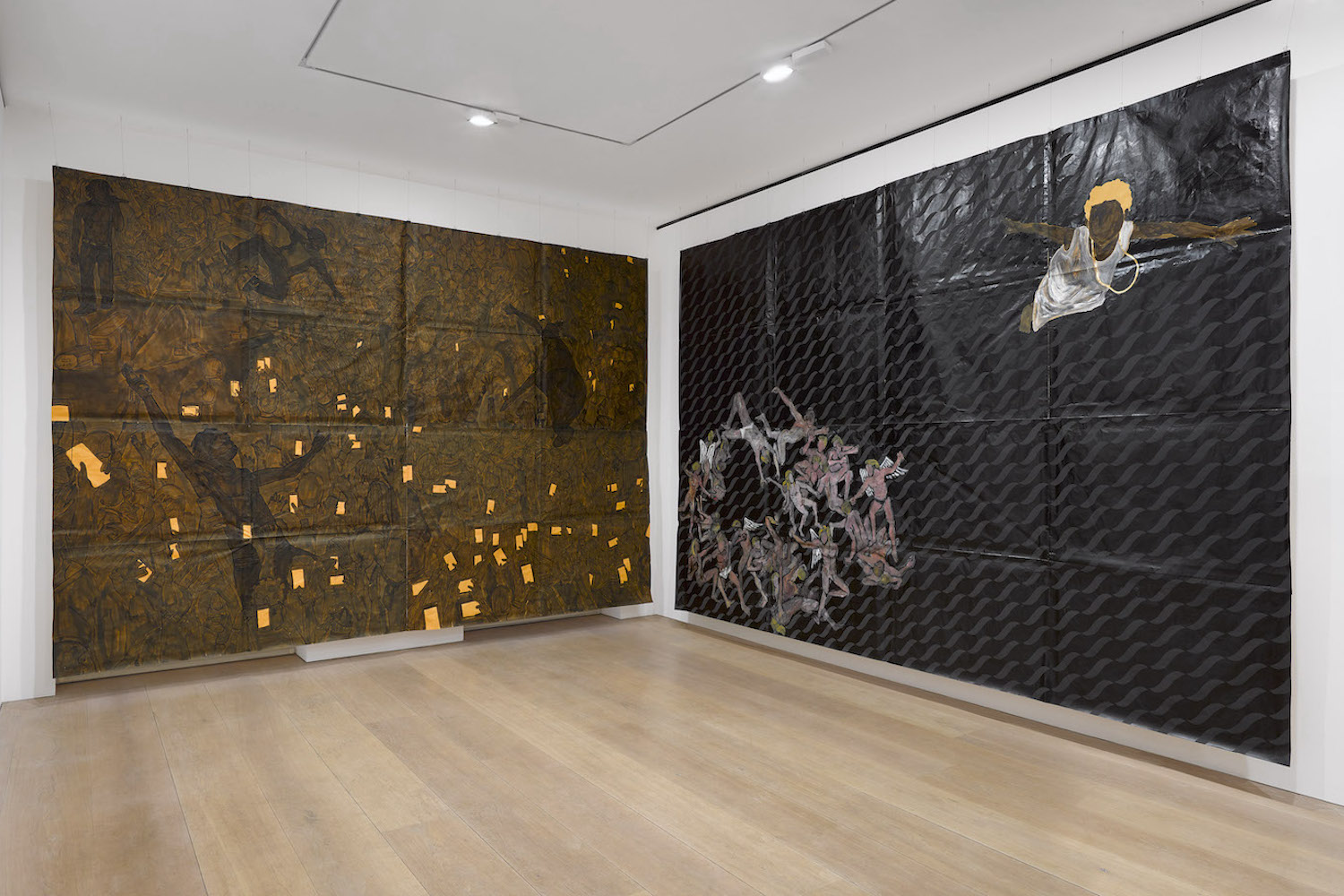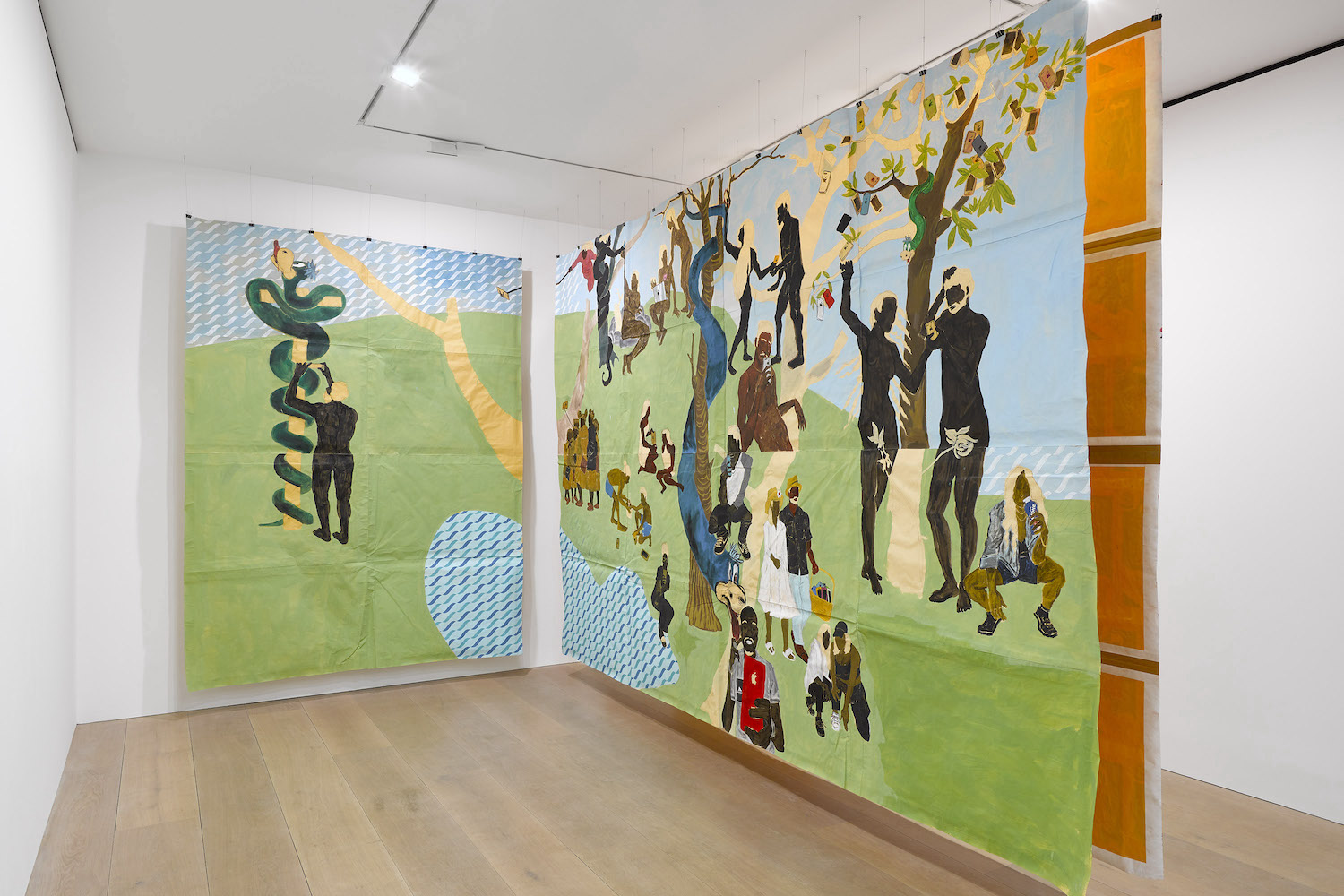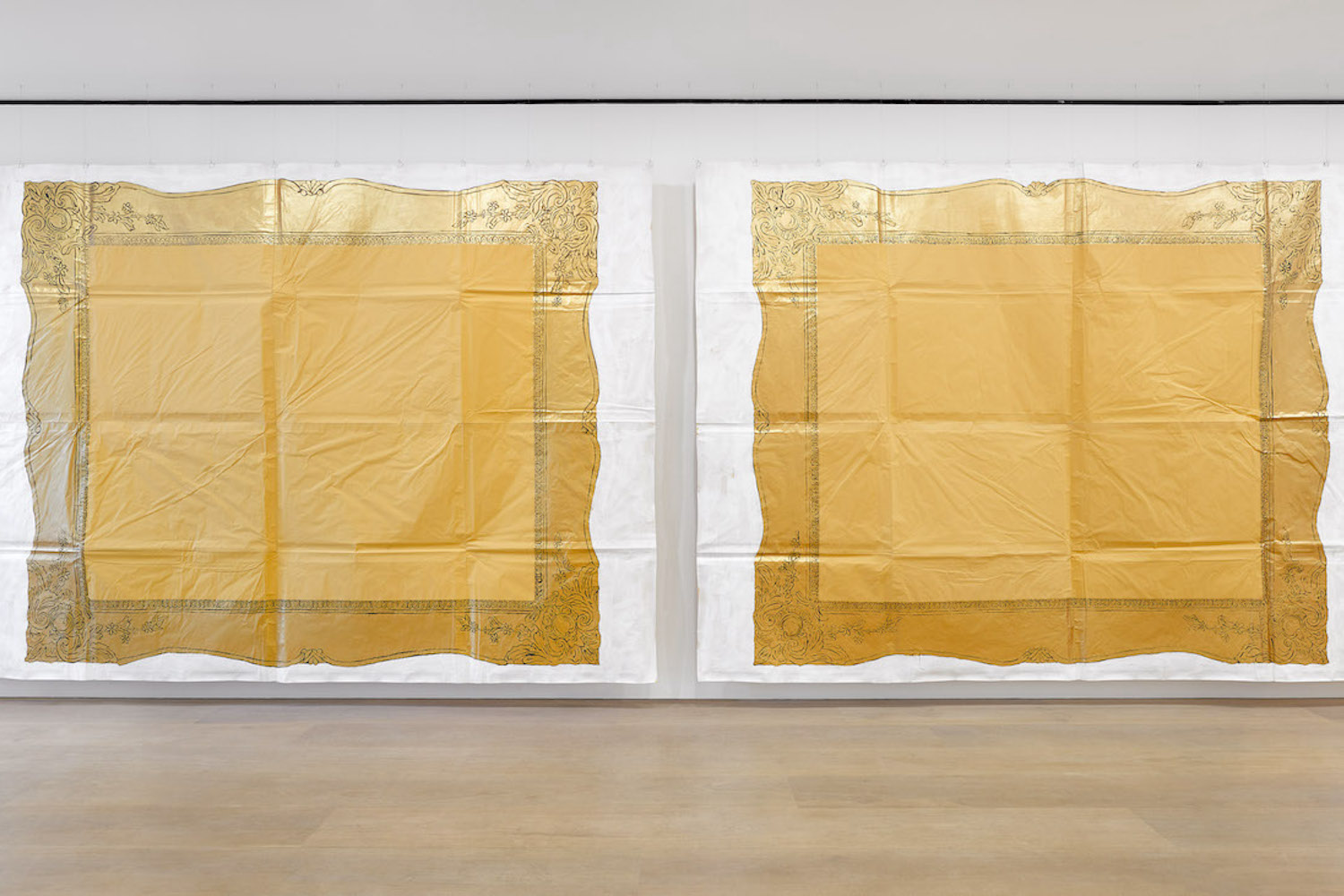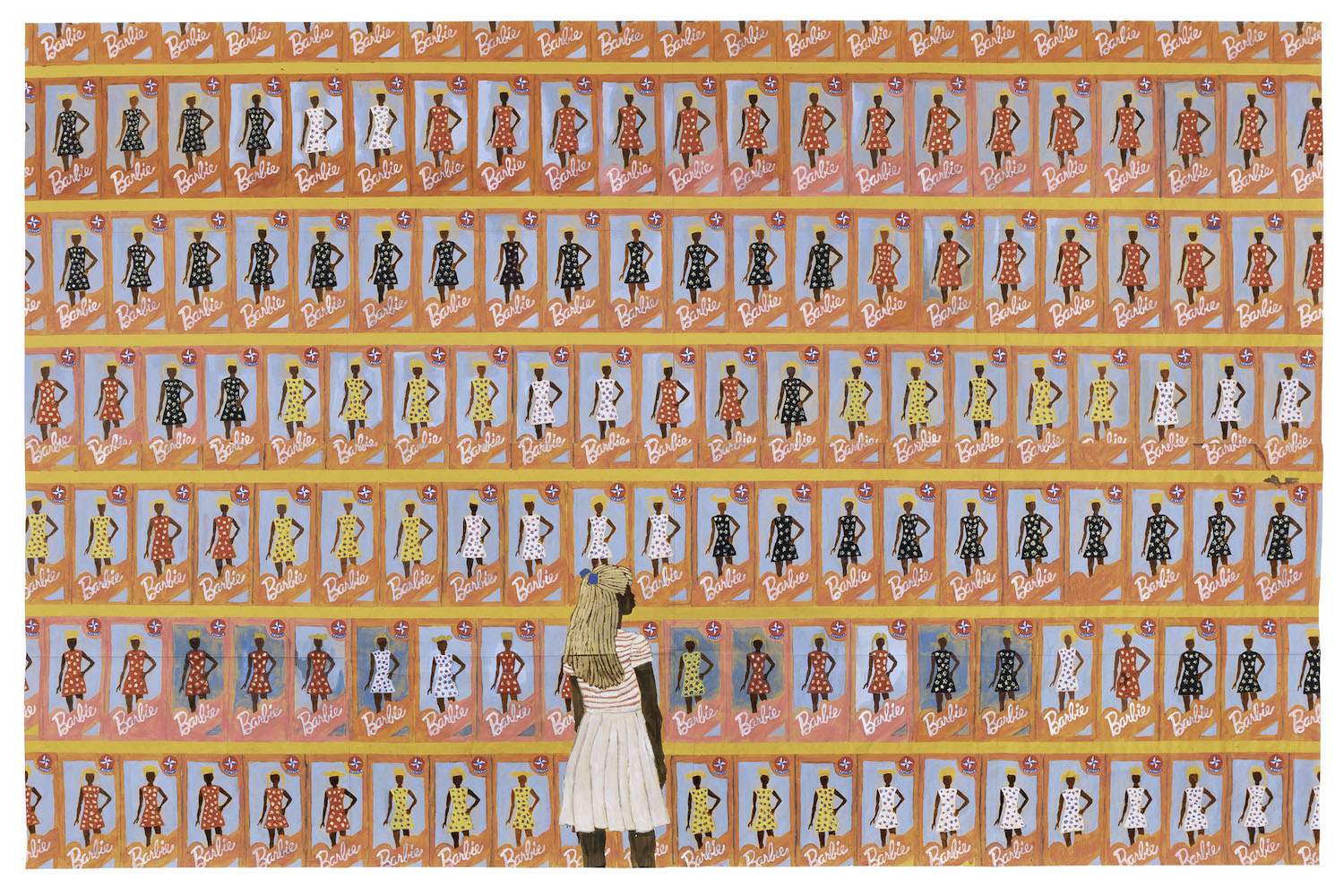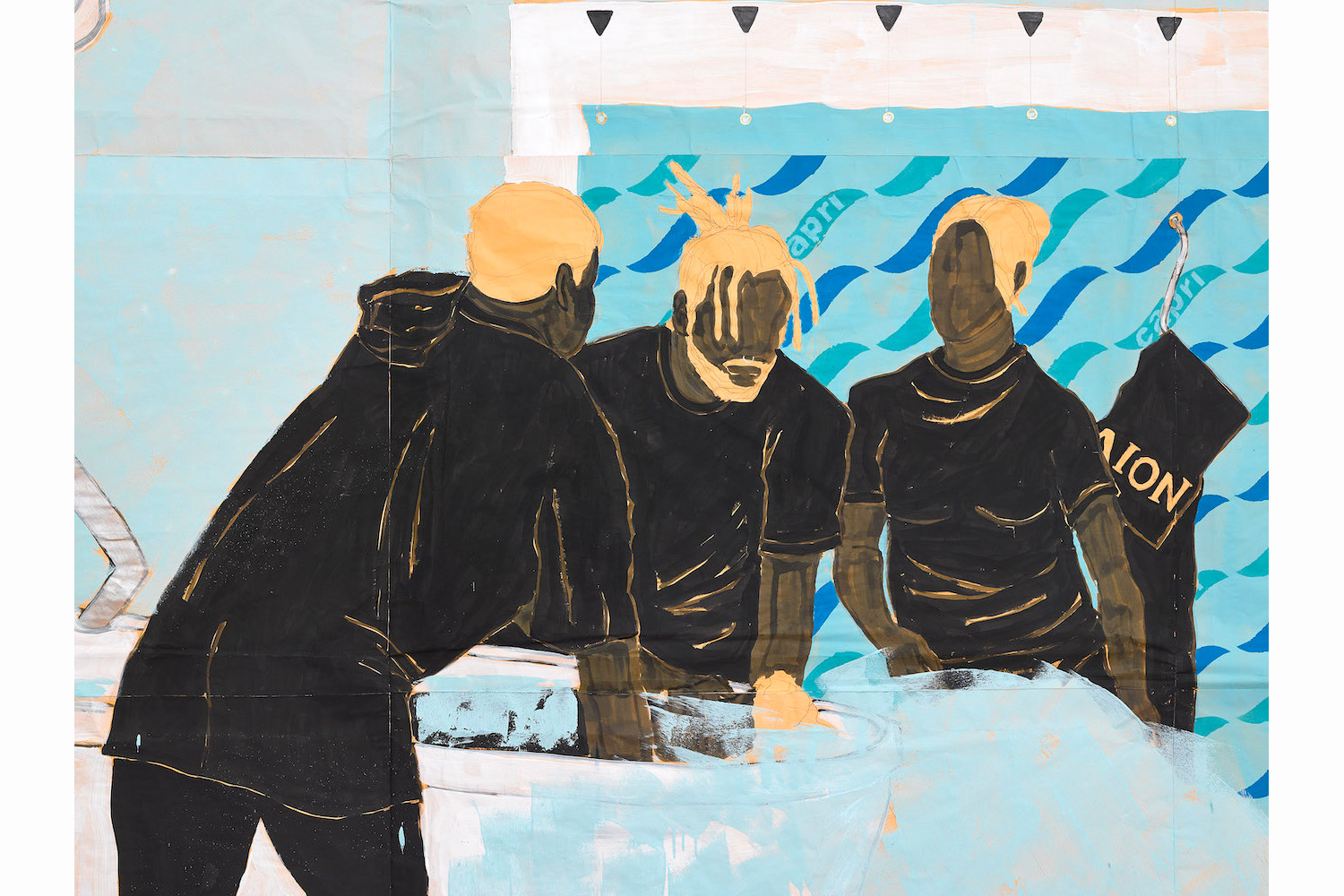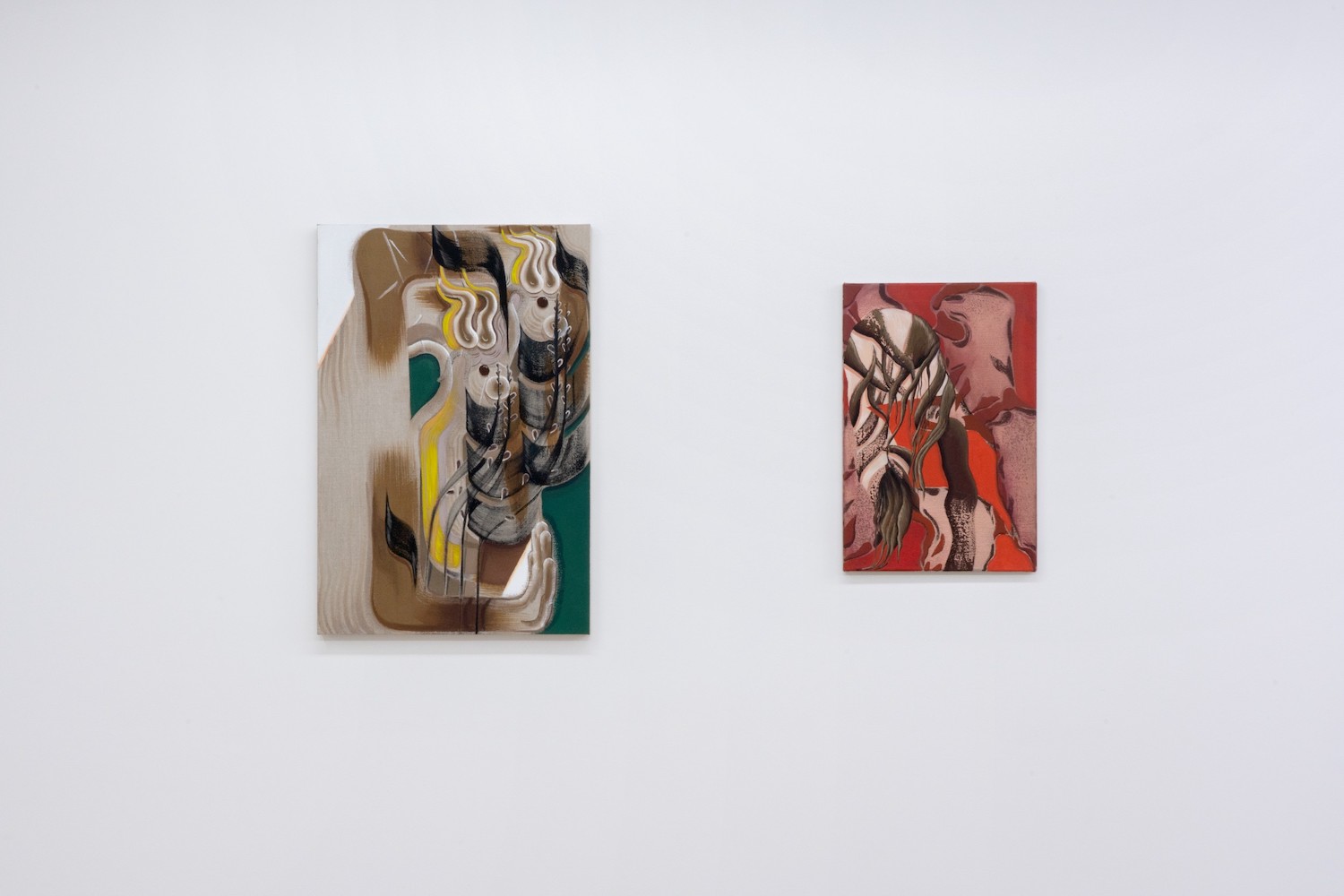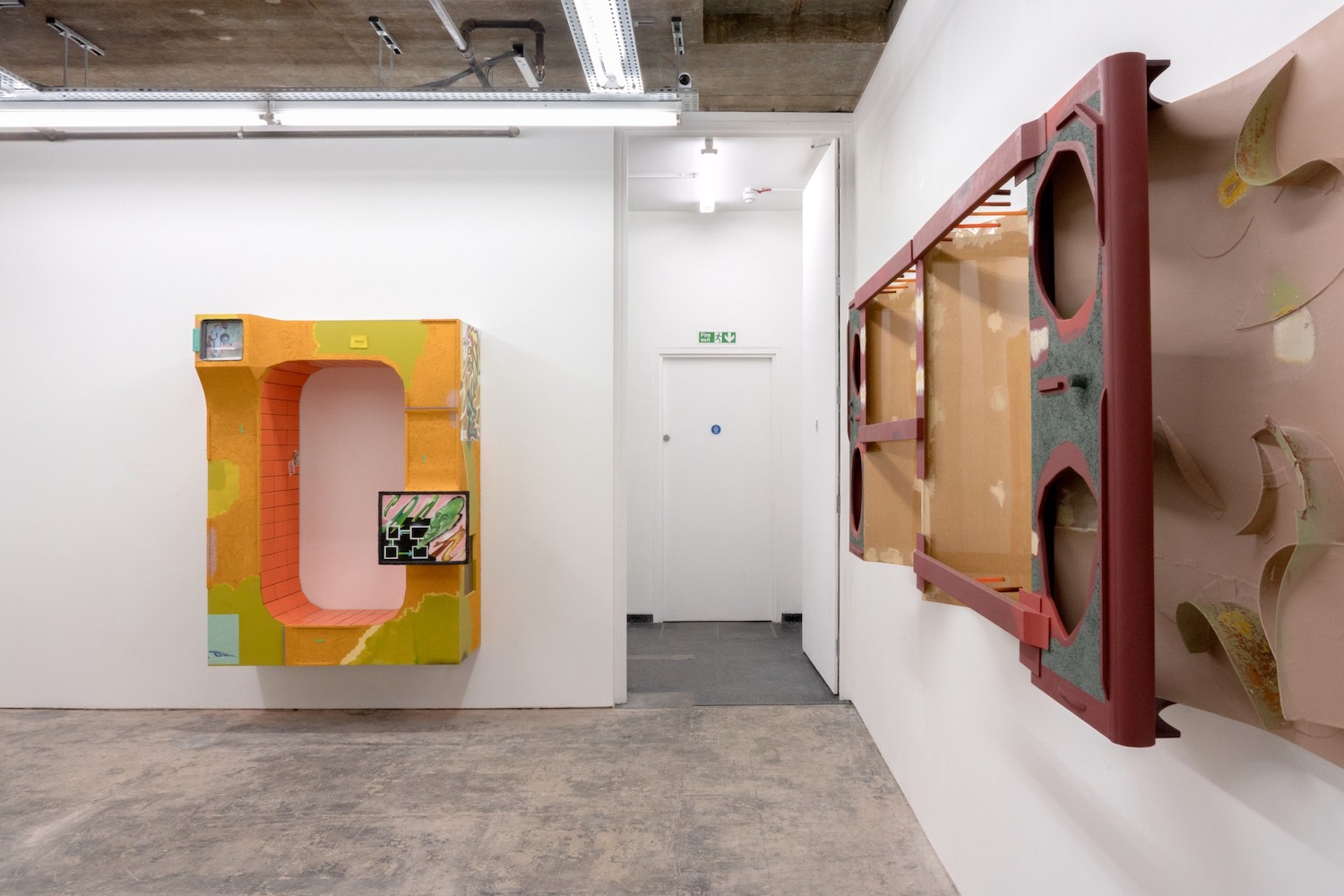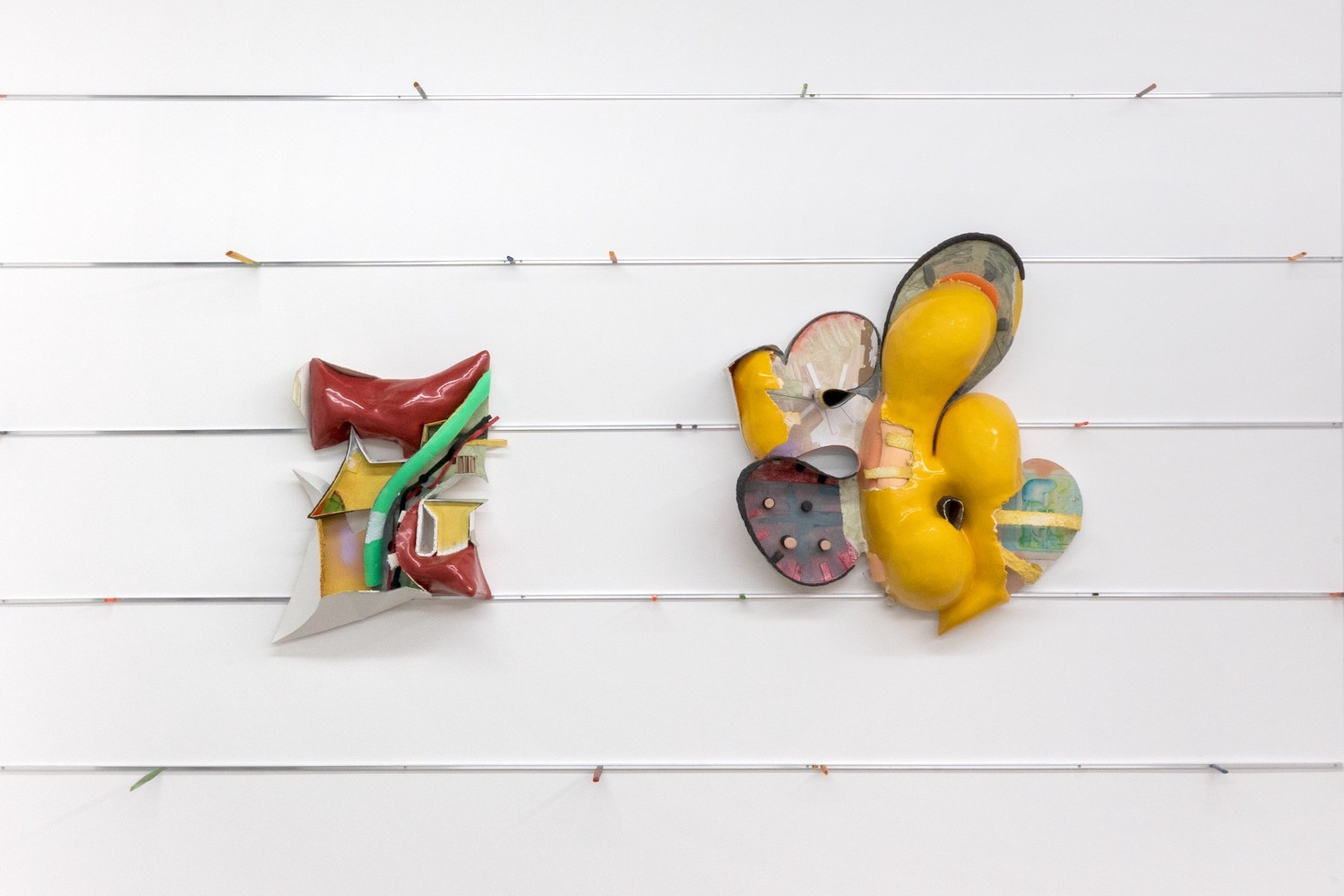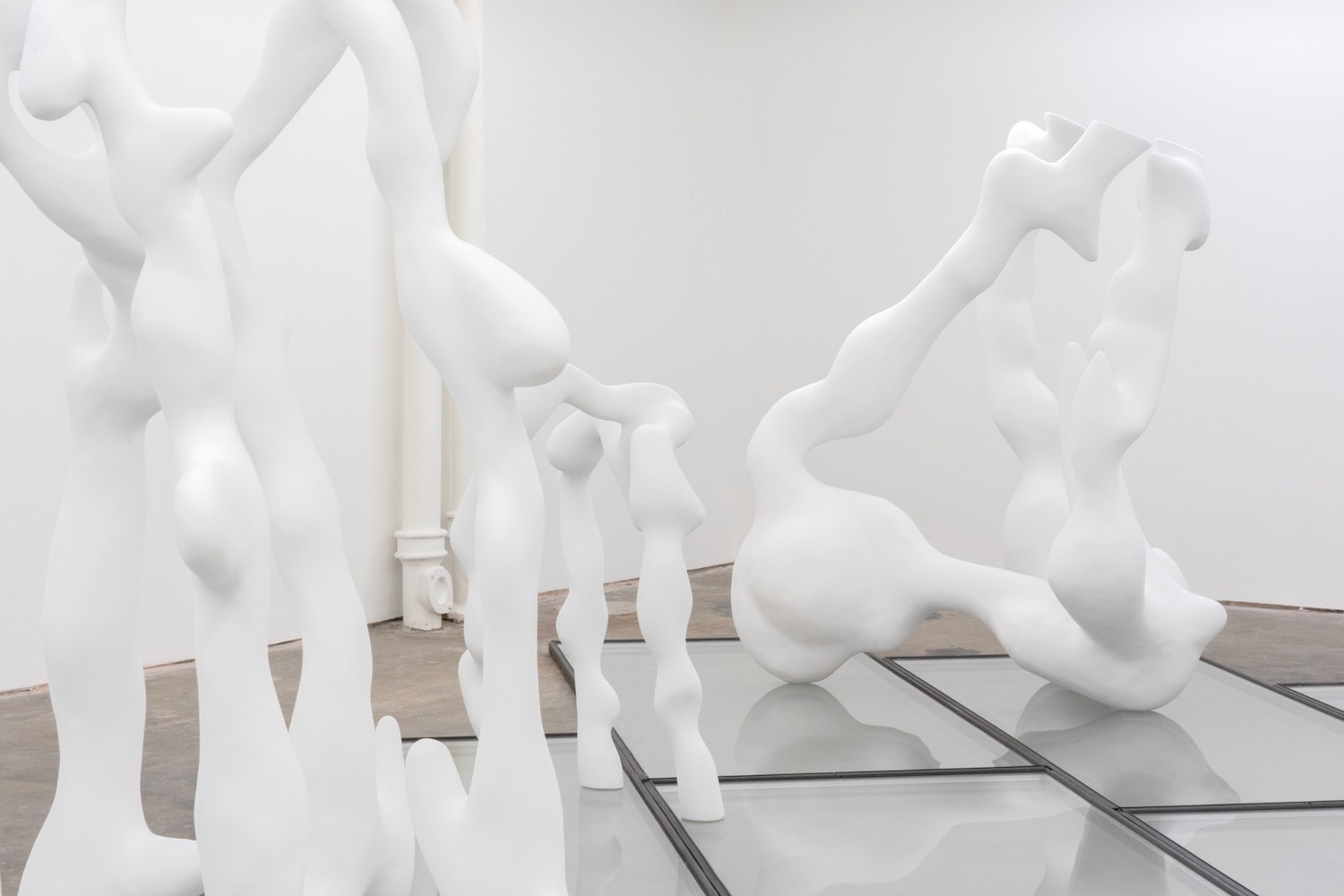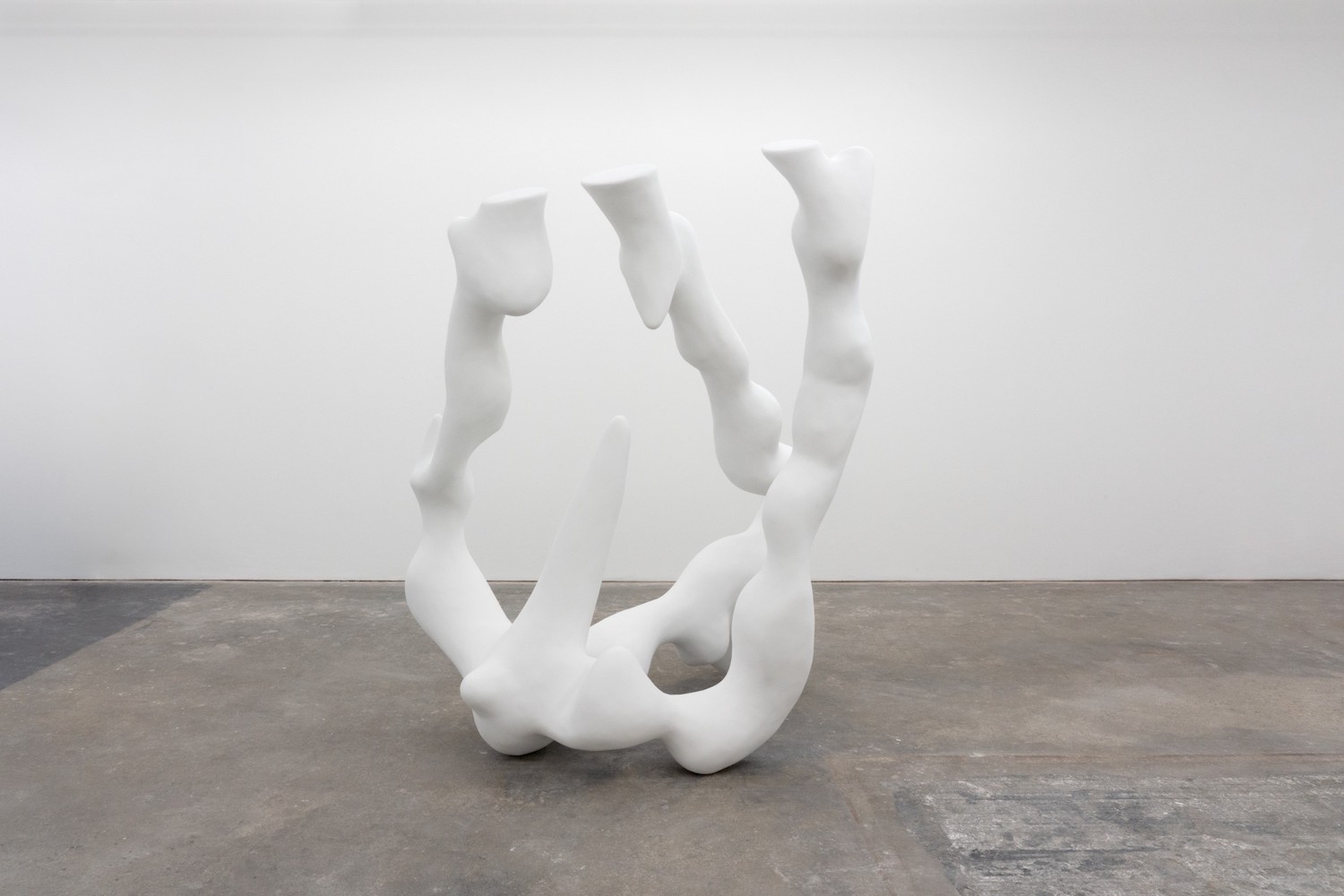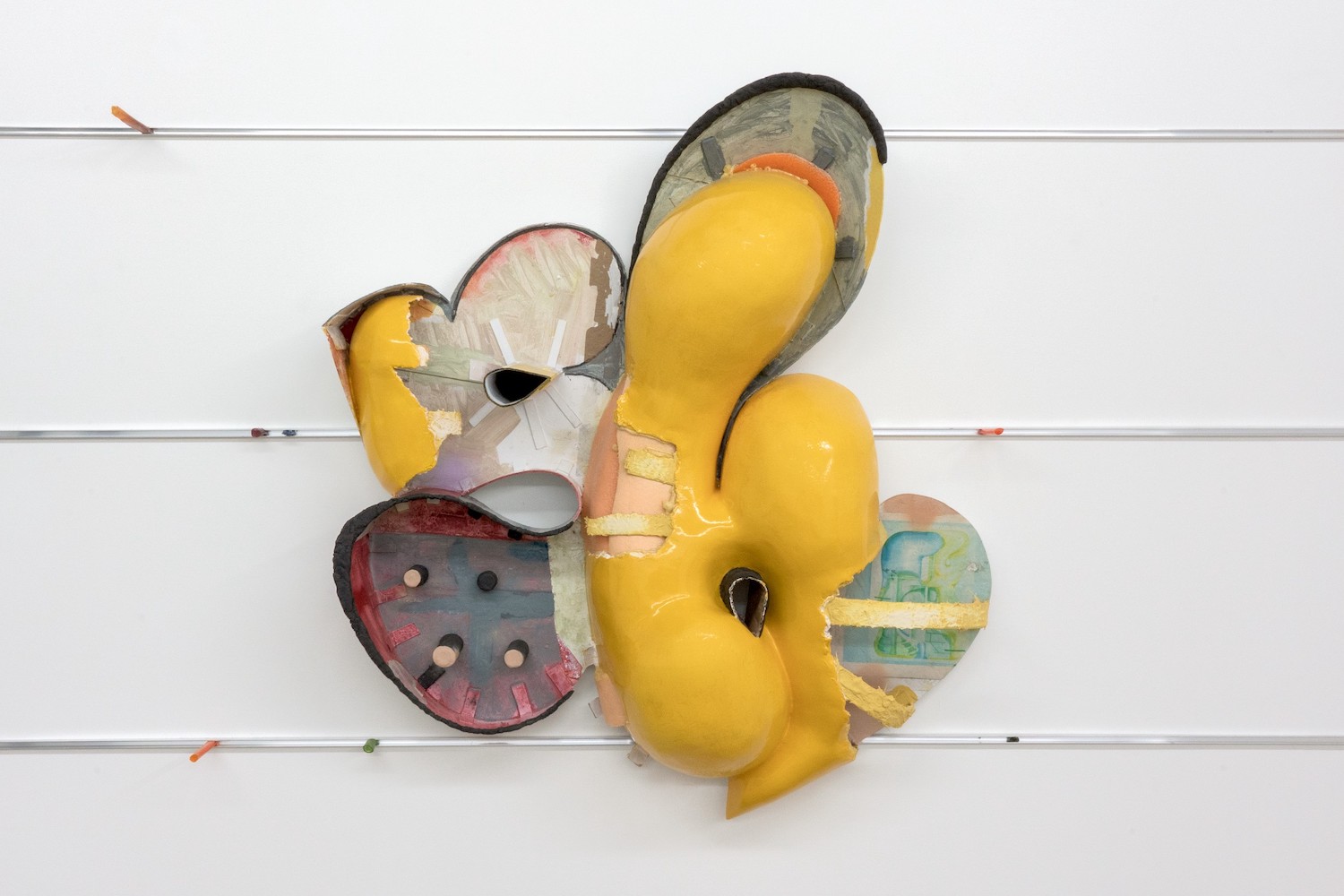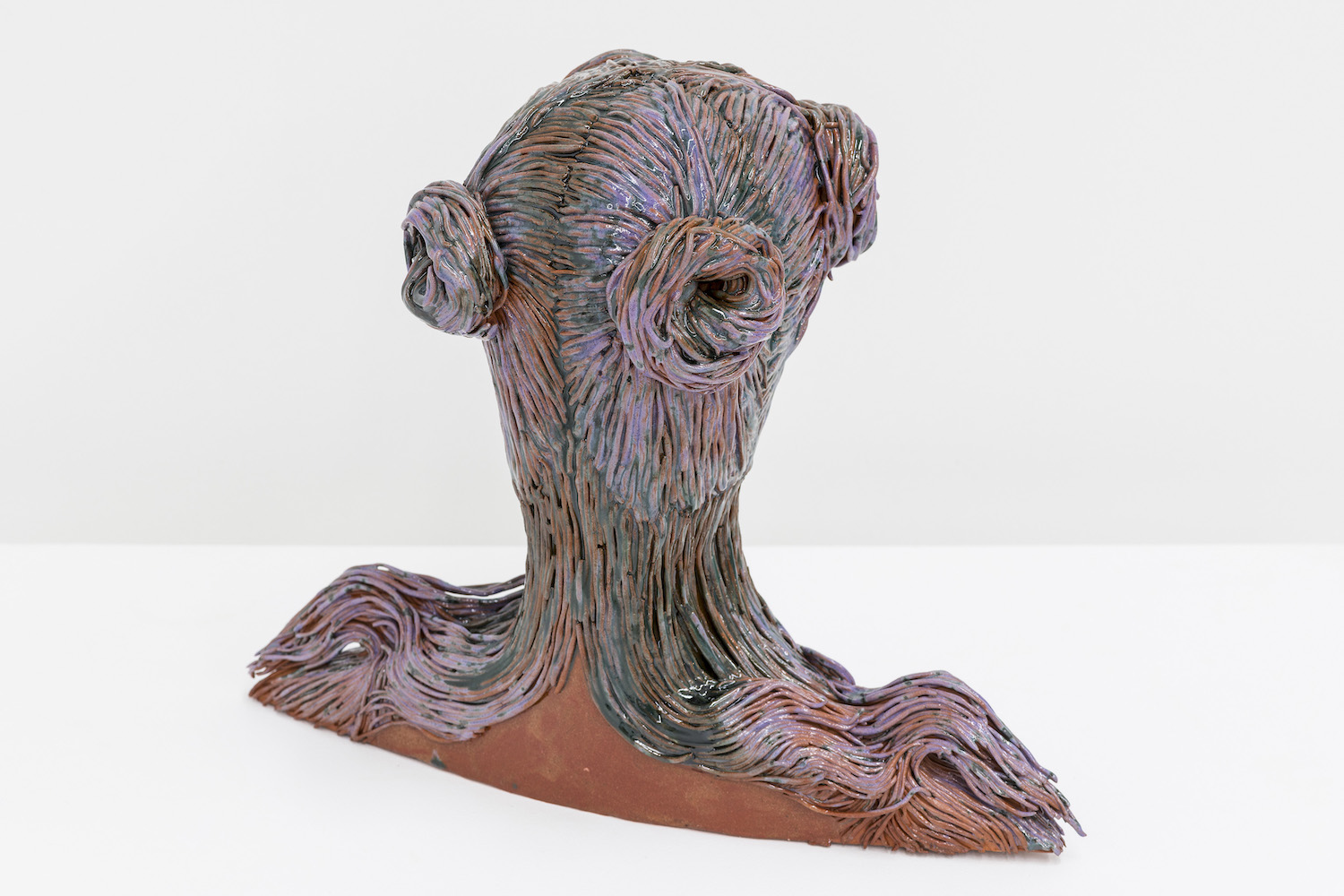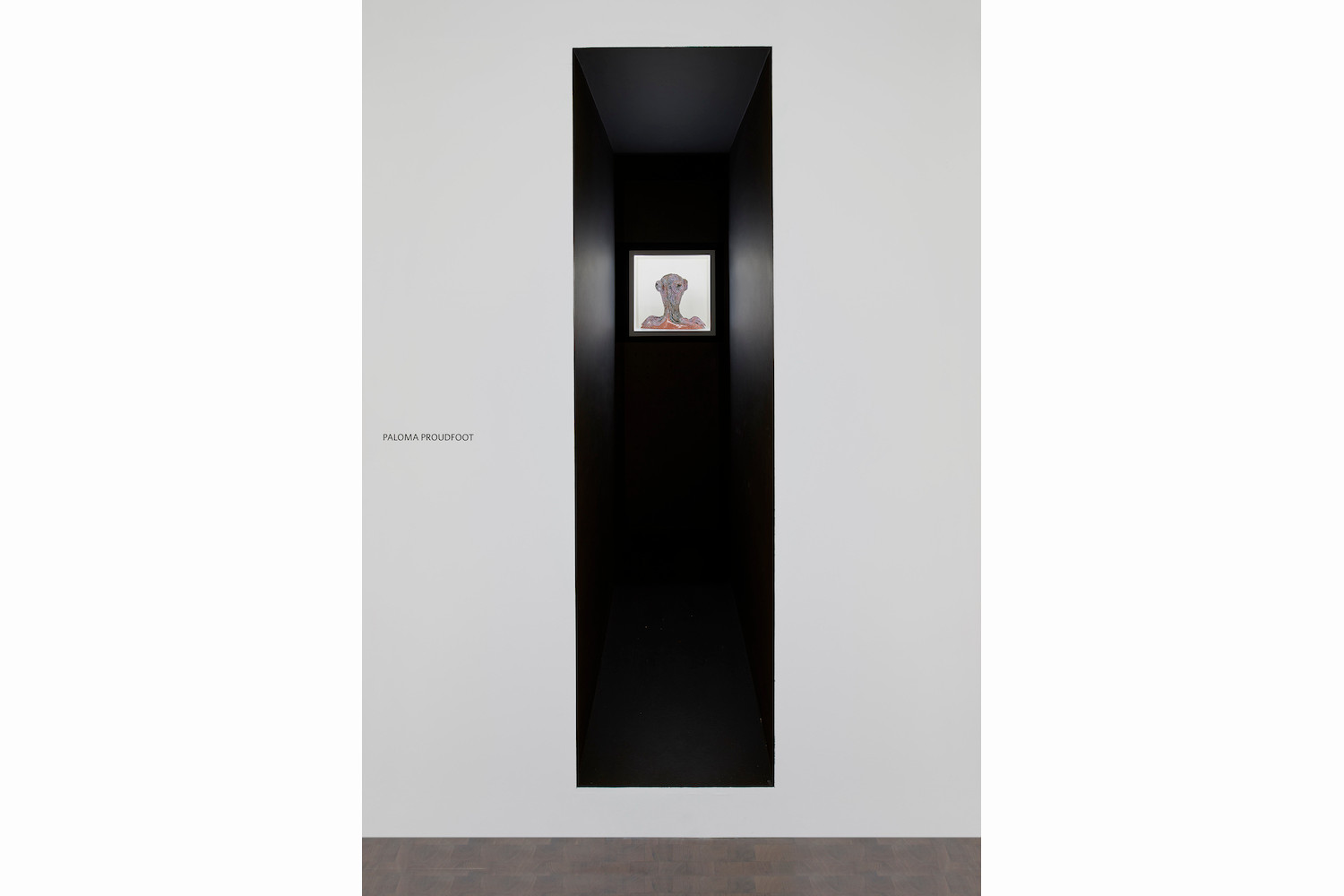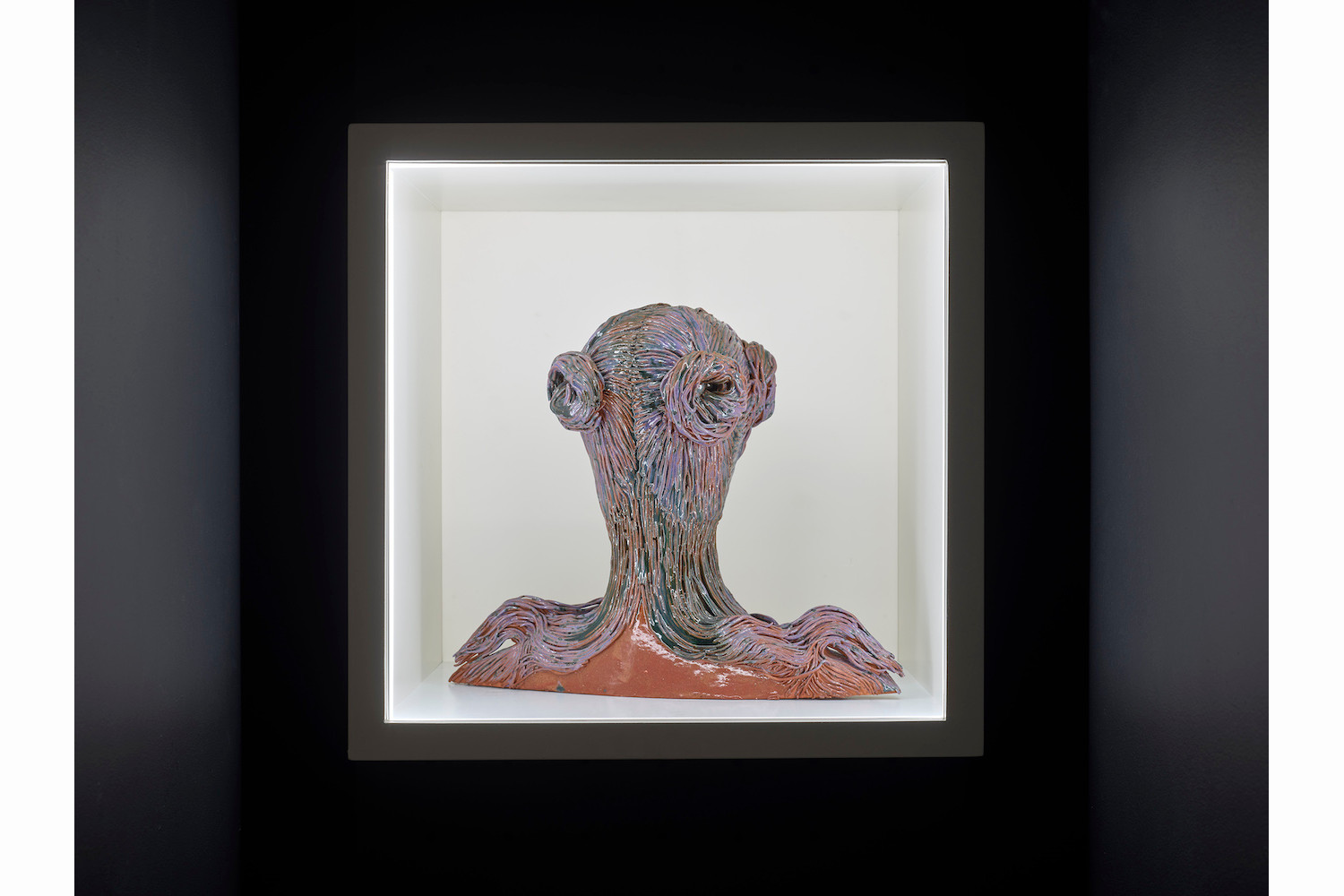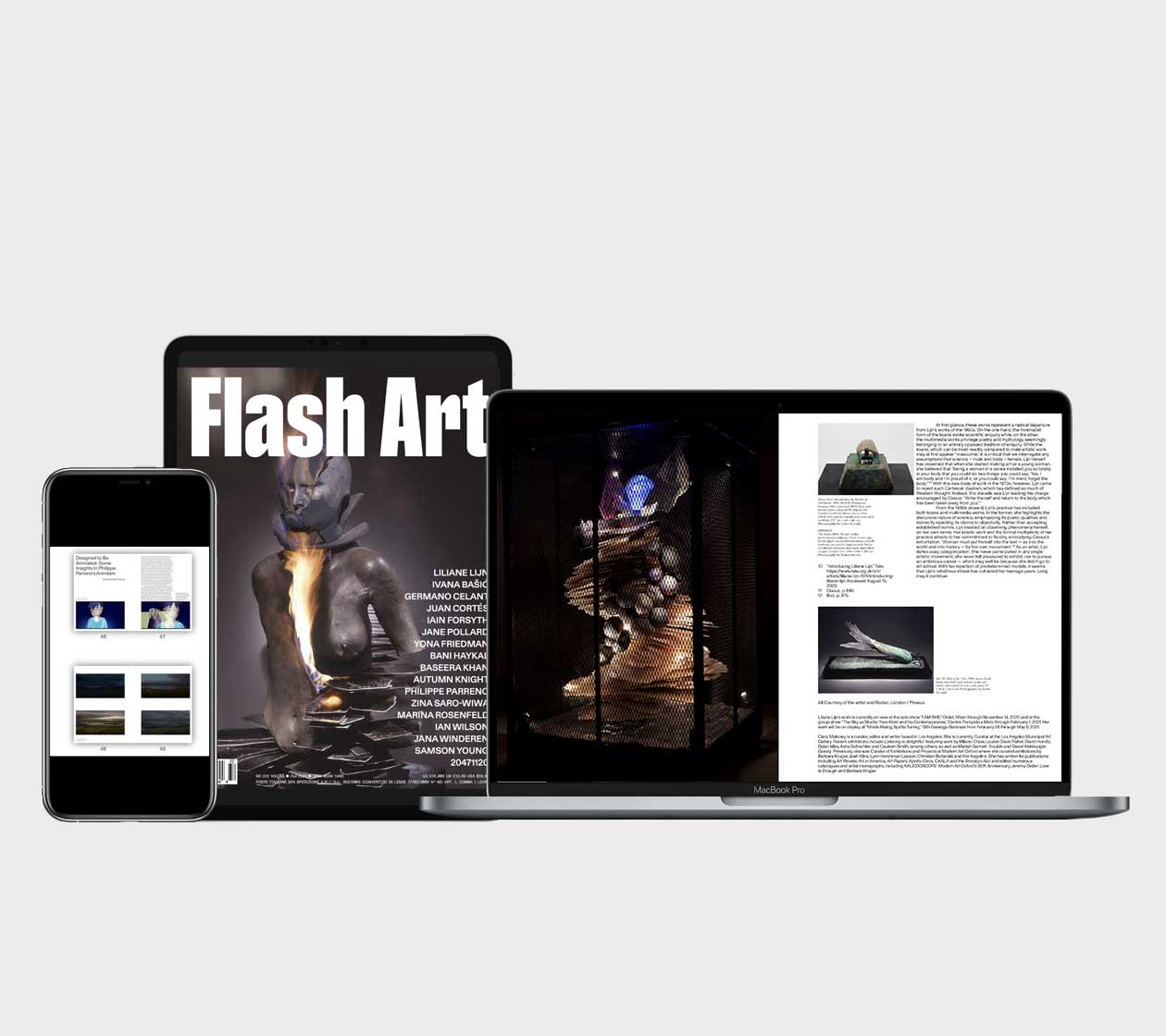Over the last number of days, with the bright midday sun eagerly cajoling London out of its winter freeze, I’ve often daydreamed from the confines of my apartment about what my Saturday morning routine would be, present conditions notwithstanding. I’d make the trip out to Mayfair, armed with my notebook and list of exhibitions to see, and slowly work my way through each, occasionally making pit stops for coffee or a sandwich, hopefully inside. If this were a team effort and I had a partner in tow, we might take a moment to window shop before I’d make my way home, given enough to chew on before I was brought out again at the same time next week. Of course, this is all now an impossibility: London, and the UK for that matter, is in a national lockdown, the third of its kind domestically, and galleries and stores are shut, while coffee shops have been reduced to brusque, transient takeaway service. In fact, from where I sit in my East London apartment, I’m sure I can hear the breeze as it whistles through the lonely tumbleweed that must be making its way down Dover Street.
It’s easy to look at this scenario and perhaps be saddened, but satisfied, by the explanation that this is all simply a necessity. Not the lockdown — which of course is a medical necessity — but this total closure: the collective resignation to stagnate once more, and to meet back at the same spot when this all blows over. But to do so is to not only neglect the lessons of the past twelve months, but to feebly (and selectively) cede defeat to lockdown, which at this point is little more than a common difficulty. To emphasize its exhausting repetition, we are now in our third such closure, and while the wait-and-see approach may have initially held value, it has long since outlived its use.
We are all familiar with the various means of overcoming the obstacles COVID-19 presents; many of us have found ways to continue our work in the past, and to not actively pursue these options now appears a confounding display of inaction. London’s art world has largely come to a screeching and embarrassing halt, all with little need.
To be sure, my argument is neither a particularly moralistic nor fanciful one. I’m not under the impression that the thing we need most during these trying times is the palliative effects of art, or that we’ll all be spared the devastating effects of a virus that has ravaged the globe if only we all redirect our energy toward artistic output. The embarrassment that I am drawn to on behalf of the London art world is not the product of a perceived ineffectiveness, but instead the ease with which livelihoods, and more importantly passions, have been set aside in the face of what is now most definitely a lesser hurdle. Too many are content to while away time so long as it is done communally, and thus without guilt. To this end, there is the old adage that one does not become a writer, but that one simply is a writer; so intense is the need to write that a true writer will need to put their thoughts into words, regardless of the circumstances. While it is naïve to think that all gallerists live to exhibit art — that they all, by nature, must show work, regardless of the circumstances — one would hope that passion would drive the community toward something, anything, or at least more than the blatant inaction of the moment. To invoke the writerly analogy: one cannot expect Ulysses, but to do nothing is indefensible.
This approach could be better justified were everyone simply biding their time until a set date; if there were a time that we all could say, for certain, that we’d be able to open up again. But as conditions show little sign of bettering in the near future, and the distribution of European-manufactured vaccines to the UK already threaten to roil Anglo-European relations, is it the sincere belief that the proposed mid-February date for the end of lockdown will bring back even a semblance of normalcy? If so, that would be wishful thinking at best, if not downright delusional at its worst; with about three weeks to go until we reach the half-term date set by Boris Johnson, the chances of returning to in-person exhibitions seems effectively nil.
One must then ask, What happens next? At this rate, it does not seem implausible that this “break” will continue ad infinitum, or more realistically, until late spring, at which point we’ll be left with a truncated program and a rust we’ll spend the rest of the year shaking off.
Of course, this opinion is not without its qualifications, and there have been a (small) number of galleries that have pursued their program as scheduled, or have offered reactive measures — PUBLIC Gallery and Pippy Houldsworth Gallery, among several others, have migrated their shows online, adding additional content and walkthroughs to supplement the exhibited materials, while GUTS Gallery has launched a one-night-only Instagram exhibition in support of emerging artists. Indeed, the London Art Fair has continued as planned, albeit digitally. But considering the wealth of outlets in the city, this is a paltry offering, and little in comparison to what could be done. What’s more, the allocation of resources toward these ventures has been minimal; online shows often appear haphazard and without curatorial thought, and the few who have applied their craft to the online space have only highlighted the relative dearth of such effort.
Still, there remains a way forward. Lockdown has not ended, nor does it appear to be ending any time soon. There is still time to salvage something from these early spring months, and to do so with grace and zeal.
To any gallerists who may be reading this, the audience is there, I assure you. The only question that remains is desire — London’s art world, like the natural world around us, could once more come out of its freeze and blossom, but only if it wants to.



